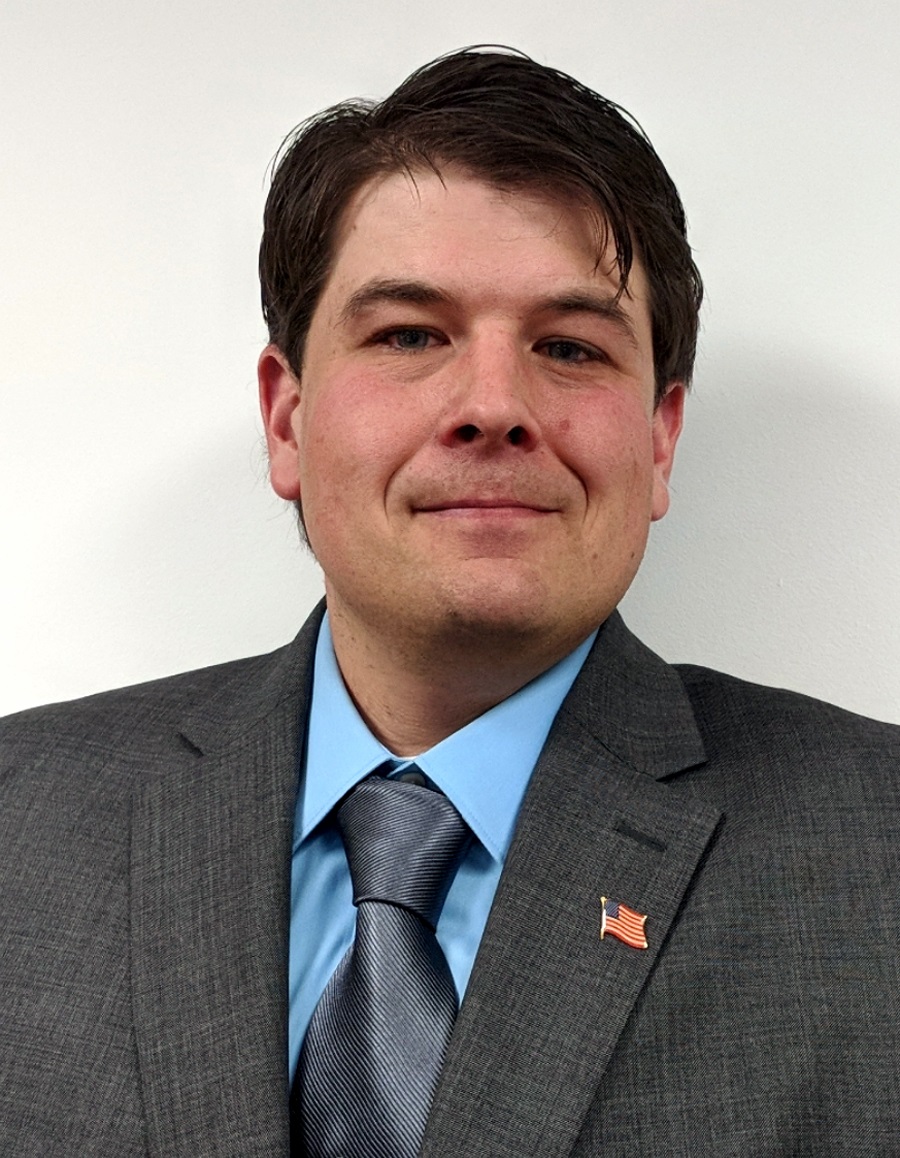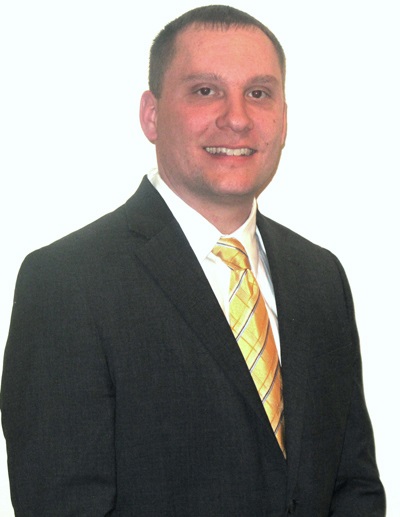Editor,
As a long-time environmental science professor and former EPA employee, I urge the Warwick School District to remove the artificial turf proposal from the December 18 ballot. It is a poorly-regulated $2.5 billion dollar industry that is linked to health risks for the athletes that play on them, and has high disposal costs because the massive amount of plastic and rubber used to make them. Artificial turf has been linked to many forms of cancer. In Washington State, over 260 young athletes have come down with cancer after playing on artificial turf, including 119 soccer goalies (as of February 2019.) The growing list has been compiled by Amy Griffin, (24-year coach at the U. of Washington), who was shocked after the change from natural grass to artificial turf.
In a separate concern, artificial turf has been recently linked to PFAS exposure. PFAS are a family of very toxic but widely-used fluoridated chemicals that are now drawing attention after decades of regulatory neglect. The dramatic scale of this neglect is revealed in the just-opened movie “Dark Waters”, which tells the story of massive PFAS contamination from Teflon production in West Virginia. PFAS have contaminated the water supply of Newburgh, from old fire retardants dumped on the ground at Stewart Airport. The blades of plastic grass contain unsafe levels of PFAS, as they are used to enhance smoothness and reduce friction. Disposed turf in Massachusetts had 20 times the state’s proposed limit of 15 parts per trillion. There is no federal regulation yet, and states are just beginning to decide limits.
The cost of disposing the used artificial turf in Orange County landfill is $85 per ton, and each athletic field uses approximately 500 tons, so Warwick’s two fields would require fees of about $85,000 to dispose of (not including loading and transport costs). The turf needs replacement every eight to 10 years, so district taxpayers should add up the math. In fact, many artificial turf fields get dumped improperly, often near streams and wetlands. Additional concerns include high surface temperatures, increased risk of abrasions, and exposure to toxic substances used to keep mold, fungi, and bacteria from decaying the plastic turf. Selecting wood chips instead of rubber infill would not reduce exposure to toxic chemicals needed to slow their rapid decay.
For these and other reasons, medical professionals from Mt. Sinai and other organizations have strongly urged that artificial turf be avoided. I fear that the board members do not know enough about health and pollution risks, perhaps hearing only from advocates of the industry and parents who themselves do not know enough about the hazards. If they knew the facts, would they really want to increase their children’s risk of cancer and hormone disruption?
I have left copies of many articles – including Mt. Sinai, cancer and PFAS reports – at the Help Desk of the Warwick Library. Of course the library does not take a position regarding the vote, but you can review them and decide for yourselves.
HOWARD HOROWITZ






